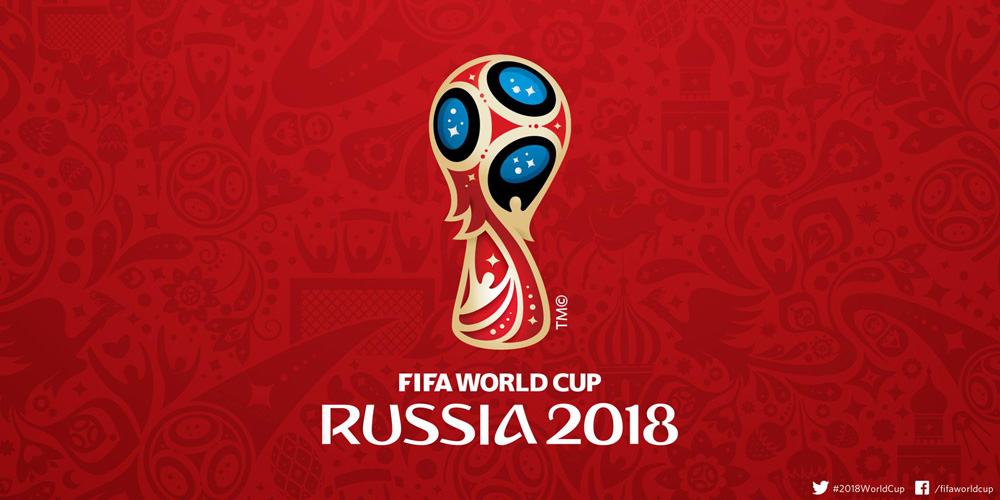The FIFA World Cup undoubtedly the most widely watched tournament in the world showed the 2018 FIFA recording over 7.5 billion engagements across all digital platforms and over 580 million interactions on social media in the history of the mundial.
Unlike the Brazil edition, this year’s edition of the World Cup received a decline in the sponsorship numbers.
The 2018 World Cup received US$1.450 billion in sponsorship deals compared to US$1.629 billion in 2014 as quoted by Nielsen group. This was mainly attributed to the corruption charges that hit the organisation at the start of the 2015-18 cycle, that led to FIFA losing sponsors like Sony, Johnson and Castrol, among others.
FIFA still managed to weather off the rough cycle with avid interests from Chinese companies like VIVO, Hisense, Mengniu, etc who contributed to 21 per cent to the overall sponsorship amount for the 2018 edition of the tournament.
In terms of revenue, FIFA pulled off an astounding success in broadcasting rights amounting to more than $3 billion worth. The World Cup matches were telecasted to over 210 nations all across the globe across various platforms.
The TV rights to FOX for telecast in the US cost a whopping $425 million for all matches of the 2018 and 2022 Editions. Telemundo also made a deal of $600 million for the Spanish-language rights to the events. For telecast in India, Pakistan and Nepal Sony bagged the television rights for the World Cup at a rumoured cost of $90 million.
FIFA also took strict measure ‘no piracy’ on their online content which amounted to more than 1.2 billion video views and 500 million impressions across all platforms.
A large chunk of the revenue came from the ticket sales, marketing and other affiliated activities. The total revenue for the tournament was projected at $6.1 billion.
As far as commodities are concerned, Neilsen group indicated in their released report that commodities like cigarettes, alcohol and Snacks received a high rise in their sales during the World Cup.
In the UK Pre-England elimination tenure, matches and lighters took a sudden climb to a 39.2 per cent increase in their purchase. Soft-drinks, frozen drinks and beer sales also increased to more than 15 per cent.
As for World Cup content views, YouTube was the most active platform followed by Instagram and Facebook with 3.5 billion, 2.2 billion and 2.1 billion views respectively.

